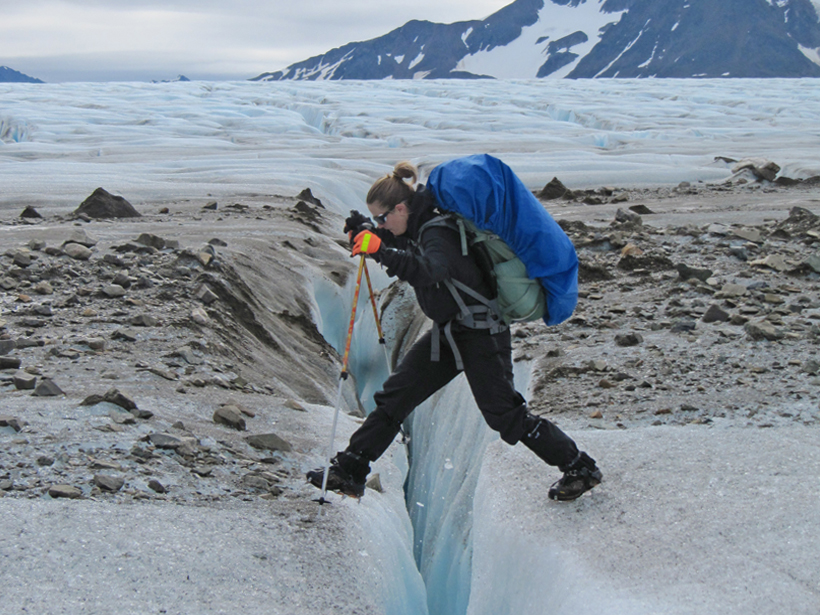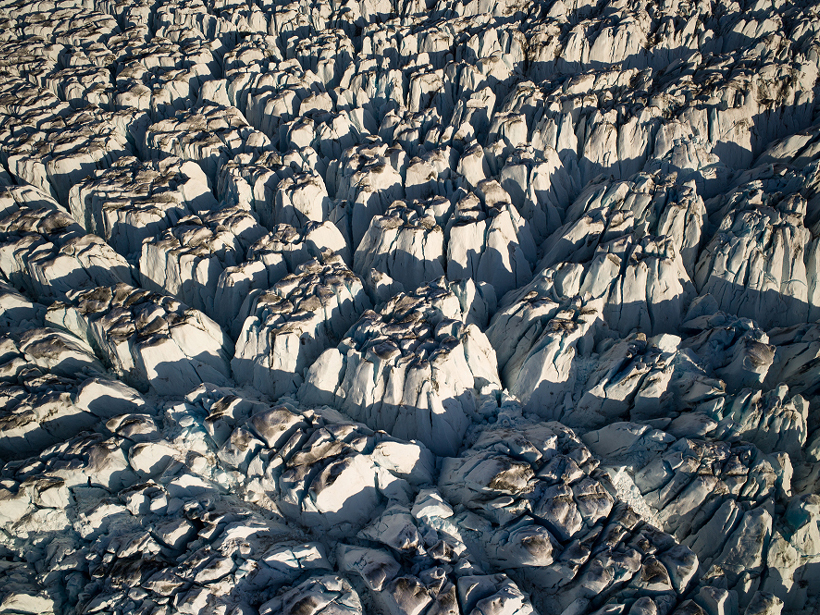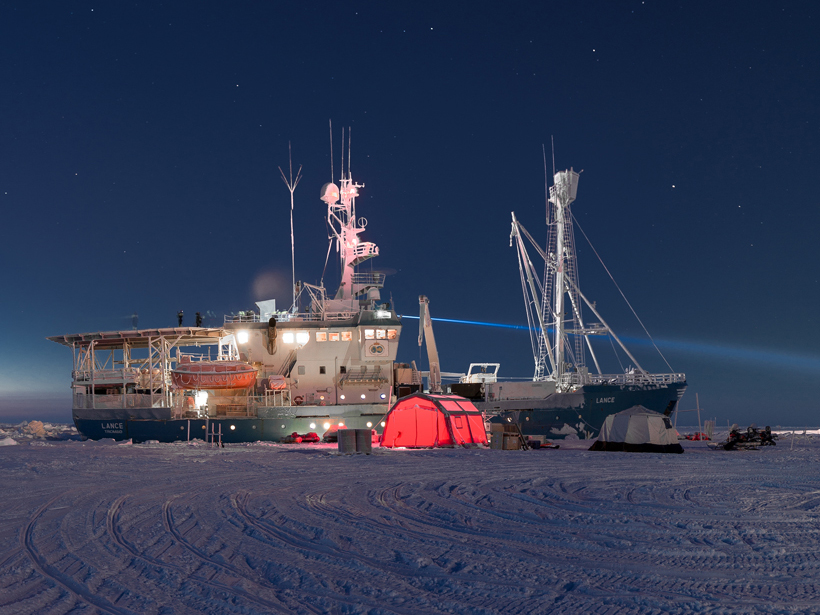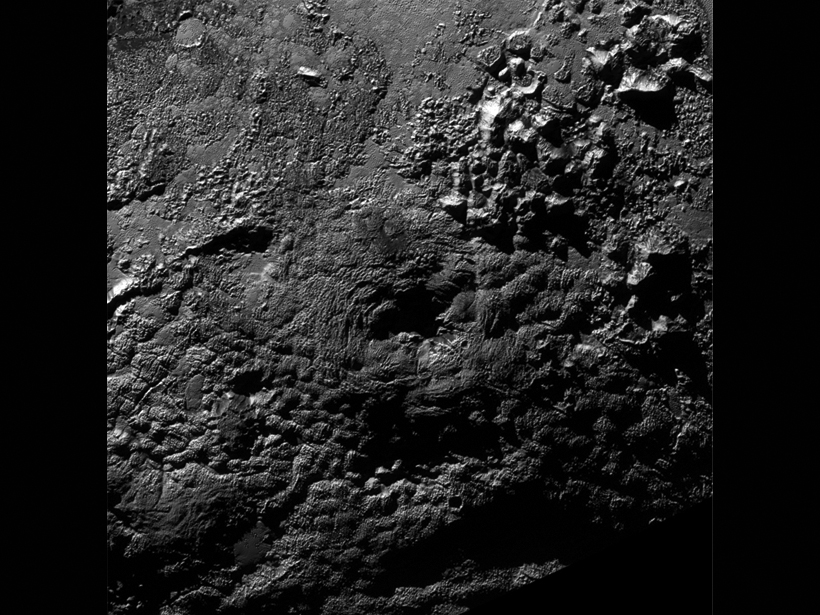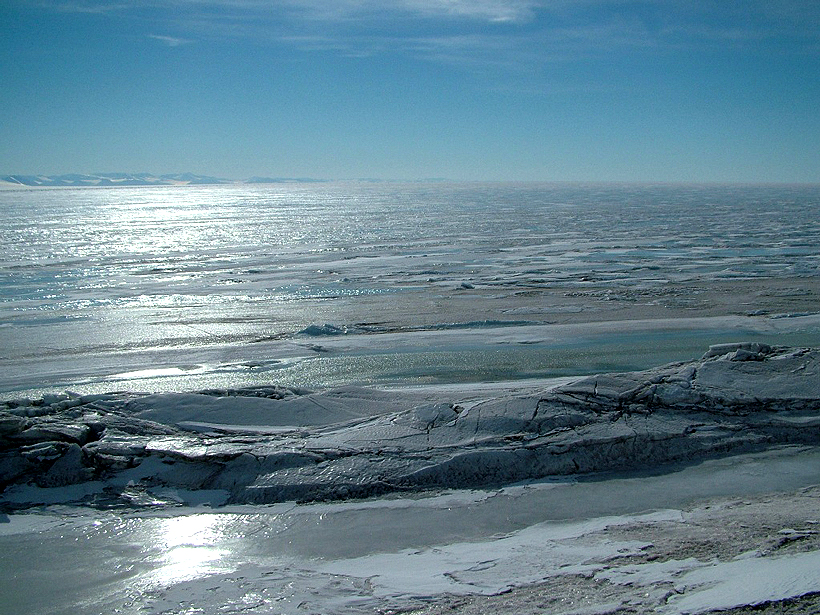A focus group’s executive committee asks whether the number of accolades given to women reflects the demographics of scientists within the field, from students to senior researchers.
ice
Recent Studies Crack Open New Views of Glacial Crevasses
Scientists review 60 years of direct and remote observations of crevasses and the models used to simulate them.
Tracking the Fate of Antarctica's Ice
New, more accurate satellite data provide researchers with ice shelf thickness measurements that will allow for better ice loss monitoring.
Arctic Research on Thin Ice: Consequences of Arctic Sea Ice Loss
Scientists embarked on a 6-month expedition in the Arctic Ocean to study the thinning sea ice cover, improve our understanding of sea ice loss effects, and help predict future changes.
Climate Change Drives Increasing Snowfall in Western Antarctica
Using ice core records from West Antarctica, researchers look back at the past 300 years of snowfall over the Amundsen Sea.
Pluto: In the Icebox but Maybe Still Cookin'
New evidence of ice volcanoes and of middle-aged terrains on Pluto's surface suggests that the dwarf planet has remained geologically active ever since it first formed billions of years ago.
To Help Fix the Hole in the Ozone Layer, Just Add Ice
Computer simulations show that adding tiny droplets of ice to the atmosphere during the spring could help eliminate chlorofluorocarbons and repair the hole in the ozone layer.
Fungus, Physics Explain Weird Tresses of Ice
Alfred Wegener, of plate tectonics fame, proposed a link nearly 100 years ago between fungi and "hair ice" on dead wood. A new study has identified the fungus and how it may influence ice structure.
How Do Tiny Ice Crystals Help Sea Ice Stay Thick?
Supercooled water contributes to sea ice growth in Antarctica.
Atmospheric Carbonyl Sulfide Hit a Minimum 5,000 Years Ago
A new ice core measurements-based record of a climate-active gas shows variability on millennial timescales.

